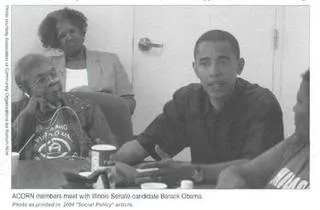III. John McCain: The Zeal of the Convert
Given the length and public nature of John McCain’s career on the national stage, I won’t go here through his record in the depth that I explored those of Gov. Palin and Sen. Obama. But I will lay out a number of examples that show the sharp contrast between McCain’s approach to situations calling for integrity and Barack Obama’s.
Senator McCain’s former, false friends in the media used to paint him as some sort of secular saint, a man who infused politics with a unique brand of noblity that elevated the grubby business of Washington to a higher plane of bipartisanship, reform and self-sacrifice. St. John the McCain was always a myth; we should put not our faith in politicians, and nobody gets as far as McCain has in national politics wholly unsullied by politics and all that comes with it. But if McCain the saint is a myth, McCain the public servant is nonetheless an admirable figure who has passed many tests of fire (in some cases, literally). McCain looks more rather than less impressive when we view him through the justifiably jaded eye that should be cast on any politician.
McCain has been, in his words “an imperfect servant” of this country; I will not try to convince you otherwise, and will deal up front with the two major and deserved blots on his reputation. I will not try to convince you that over 26 years in politics he’s been above consorting with lobbyists, accepting endorsements from unsavory people, pandering to constituencies, or changing positions when it suits his needs. But however you define the negative features of “politics as usual,” we expect our Presidents to have that quality that allows them to rise above it – perhaps not every day on every issue, but often enough, and forcefully enough, and in spite of enough slings and arrows that we can have confidence that they can be trusted to stand up for us even when it’s hard to do so, even at great cost.
There is no question that McCain has shown, over and over and over again, his ability to do just that. He’s publicly called out waste and corruption, even in his own party. He’s taken on powerful vested interests on the Left and the Right – not just wealthy and well-connected ones but grassroots interests as well. McCain may not fight every battle that needs to be fought, but he will always be fighting, and he will not be afraid to take on targets that can hit him back.
Continue reading The Integrity Gap, Part III of III: John McCain and Joe Biden

